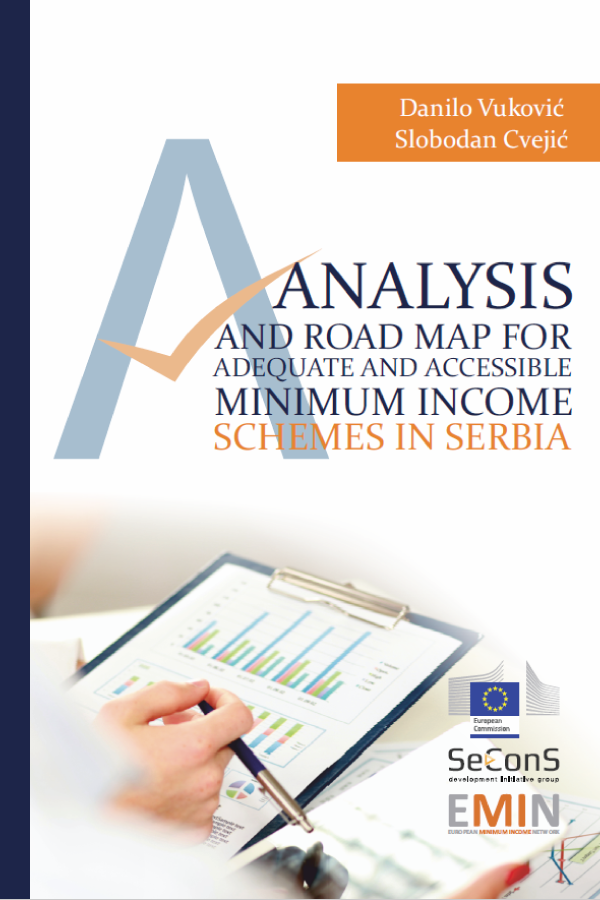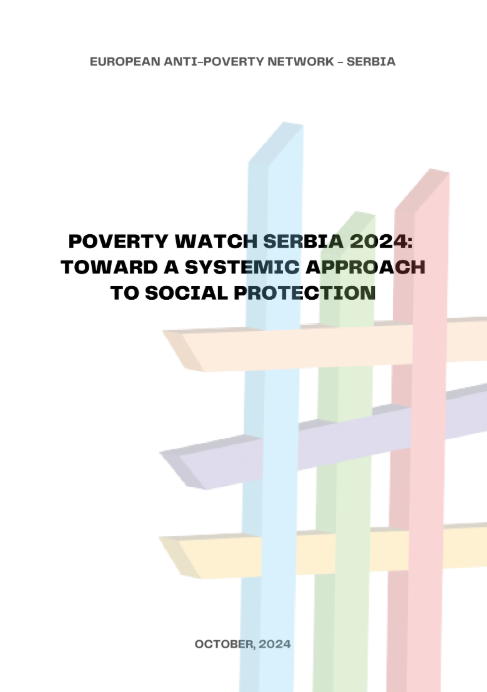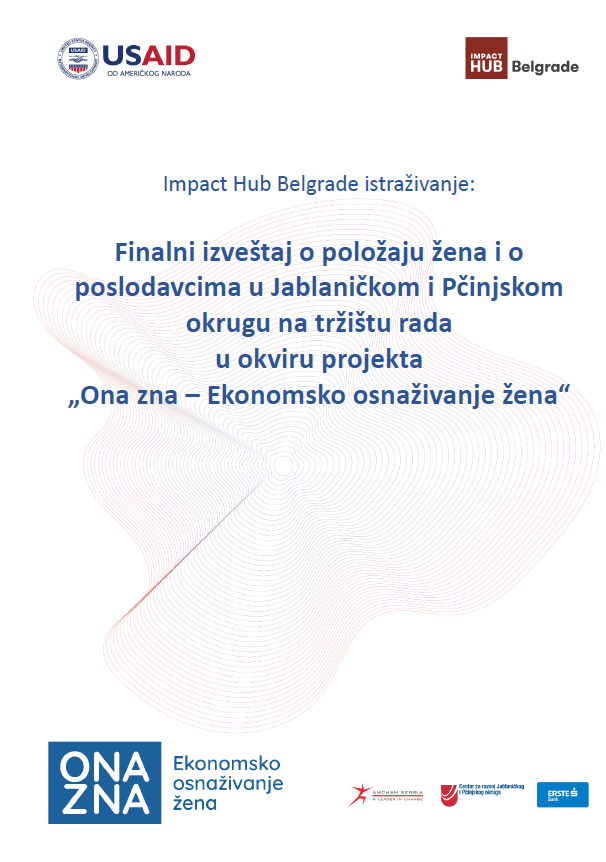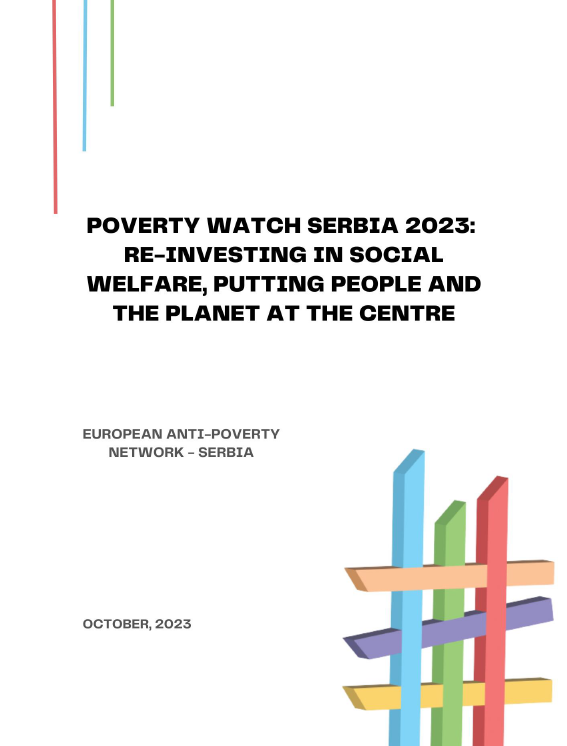The Minimum Income Scheme in Serbia is targeting the poorest among the poor. This scheme in Serbia is called financial social assistance (FSA) and it aims at providing legally guaranteed level of social security, paid as a difference between family or individual income and guaranteed level. The main aim of this study is to analyse the situation and develop a road map for adequate and accessible minimum income scheme. The study, therefore, pays special attention to examine the adequacy, coverage and take-up of FSA.
Coverage informs us what portion of the poor is entitled to FSA. Even though FSA should cover the poorest among the poor, a rather small portion of individuals living in absolute poverty is covered by this benefit: about 25% in 2010.
The most important barriers in taking up FSA are property census, citizens’ lack of knowledge that they can put their land under mortgage, thus becoming eligible for FSA, complex administrative procedures, discretionary power of social workers to determine so-called missed revenue, and similar.
Adequacy informs us whether these amounts are effective in getting beneficiaries out of absolute poverty and reduce the risk of poverty, or they are so high to be an obstacle to accepting a paid job. Our analysis shows that the adequacy of FSA is questionable, especially where the costs of living are high, while in less developed regions FSA is often close to salaries.
After detailed analysis of the problem, the study suggests steps for improving adequacy, coverage and take-up of the minimum income scheme.













